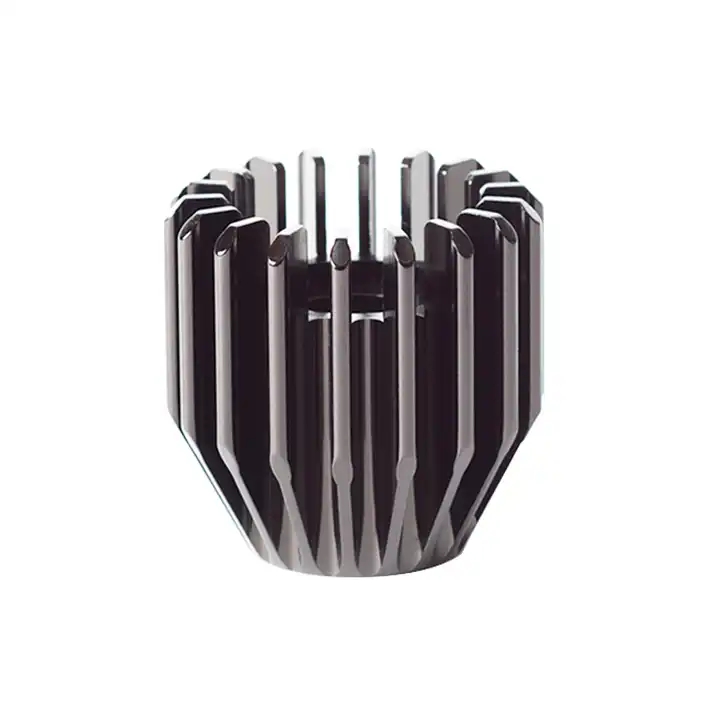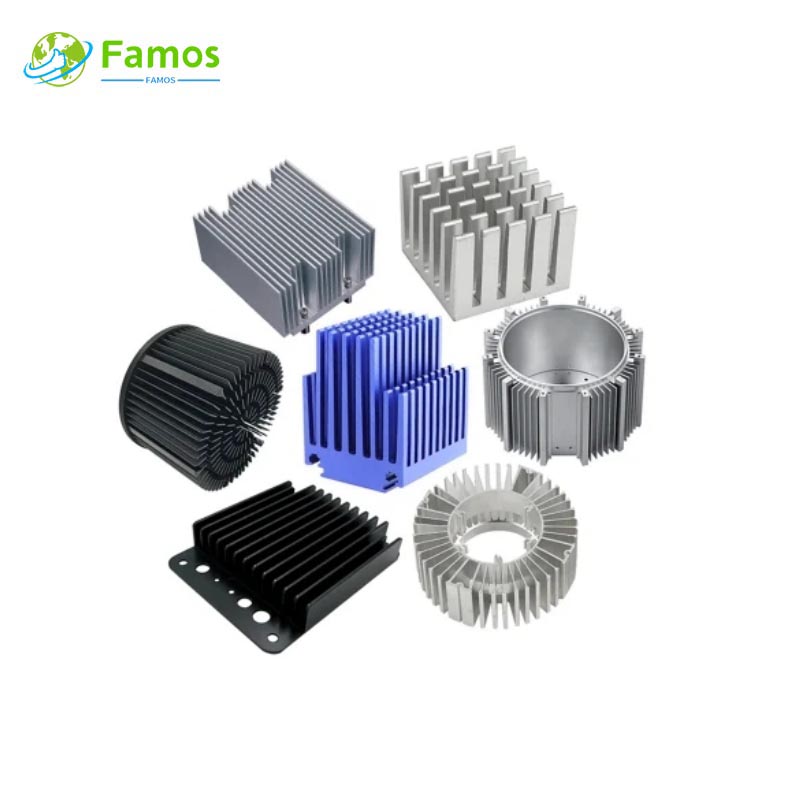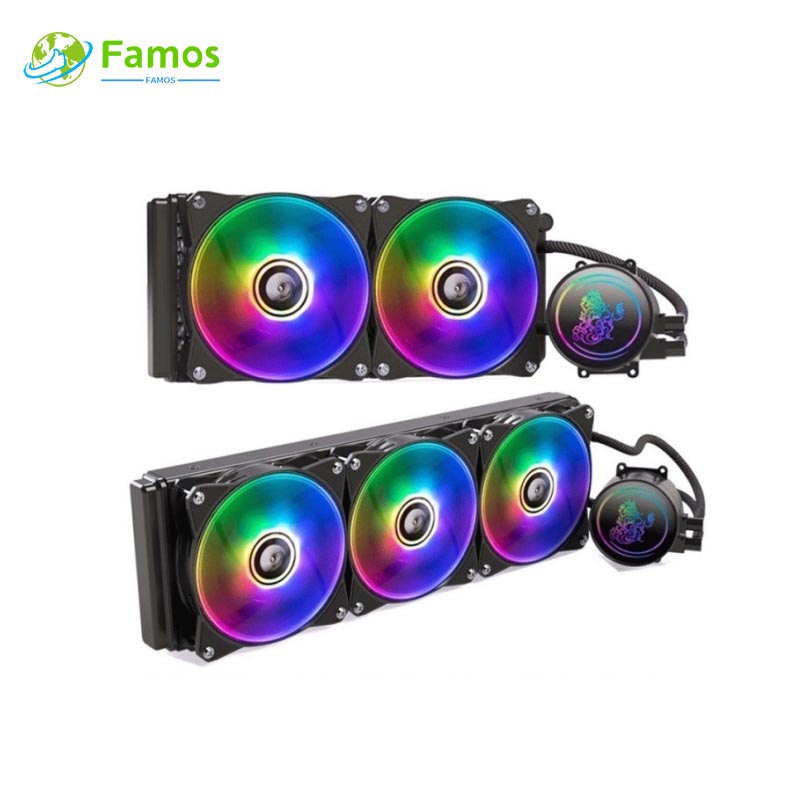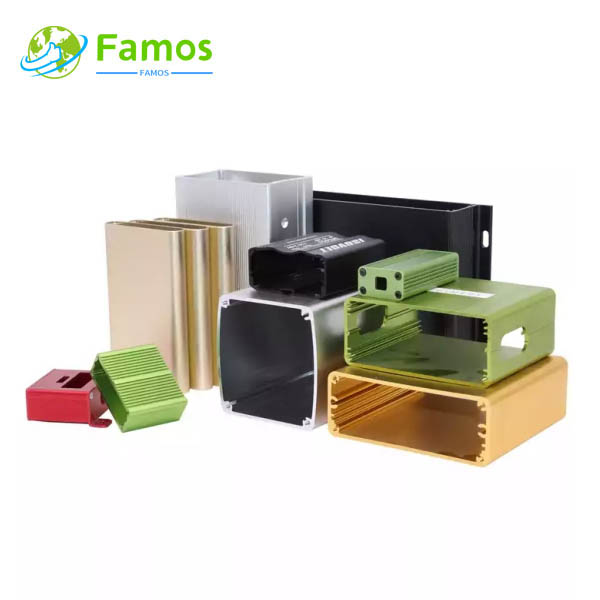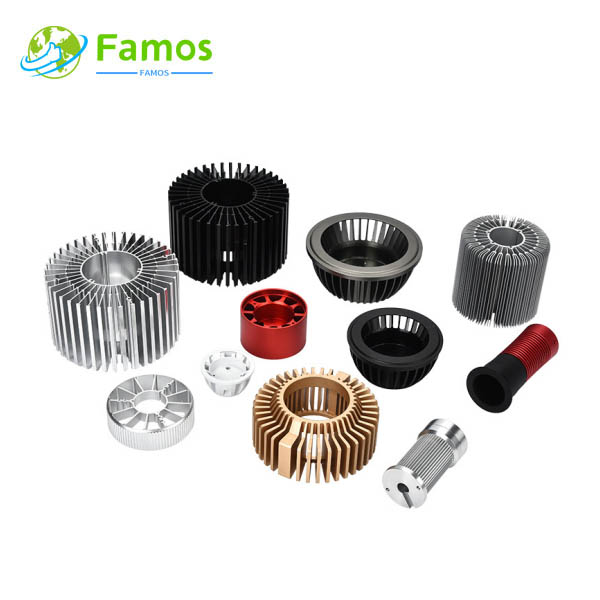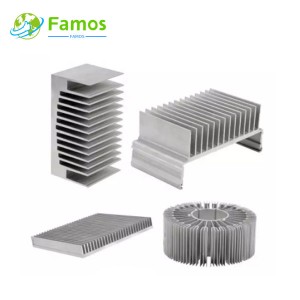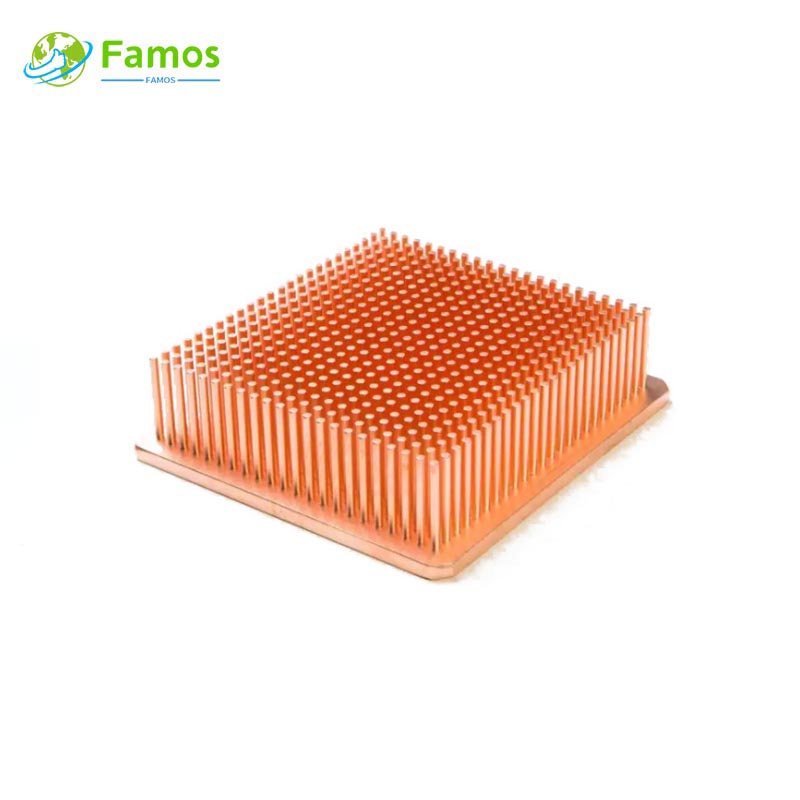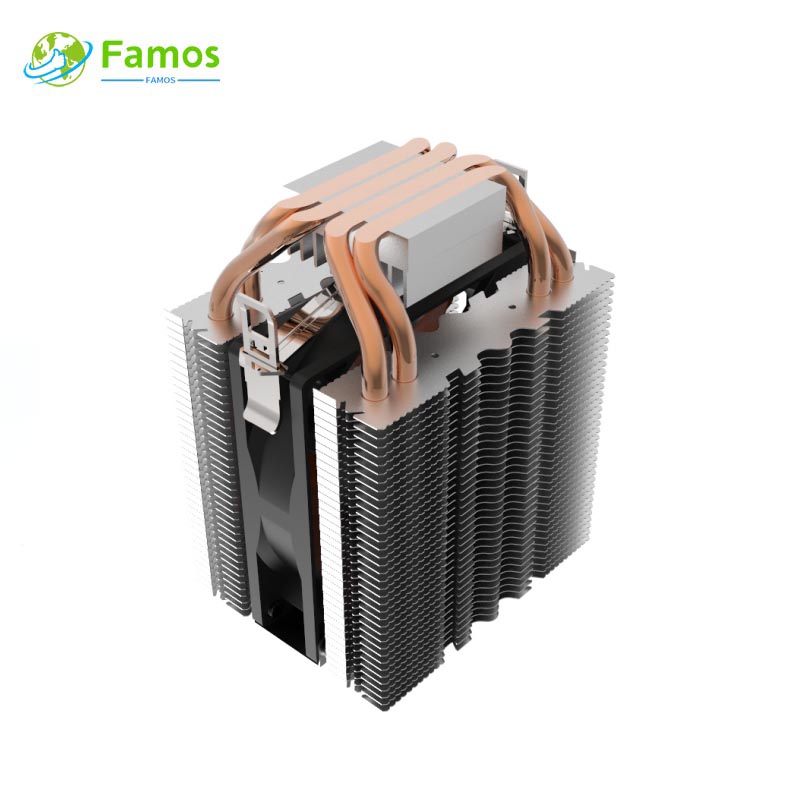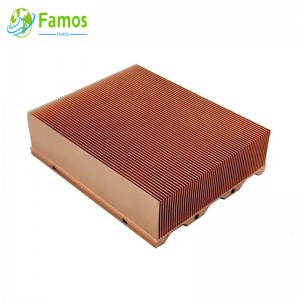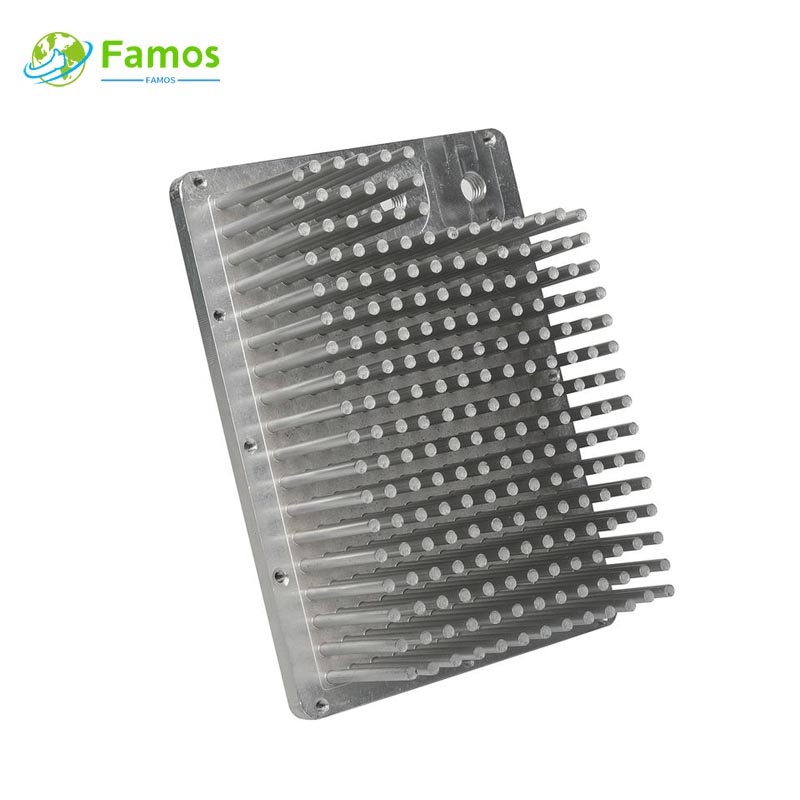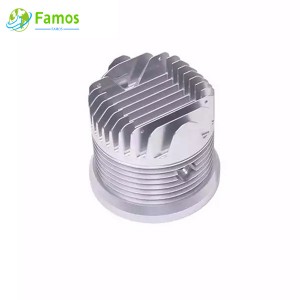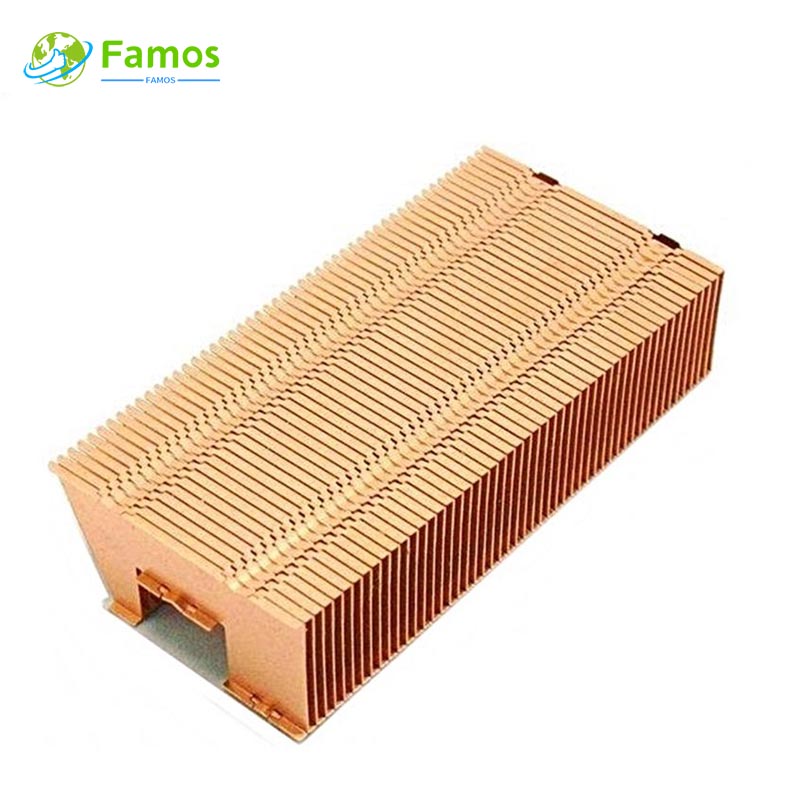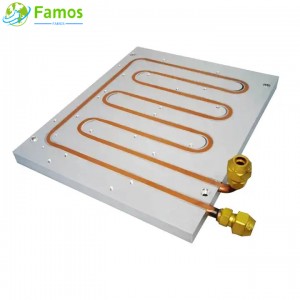Introduction:
Heat sinks play a crucial role in dissipating heat generated by electronic devices, ensuring optimal performance and extending their lifespan. Traditional heat sinks are usually made using methods like extrusion or die-casting, which can limit their efficiency and effectiveness. However, a new approach called cold forging has emerged, revolutionizing the heat sink manufacturing process. In this article, we will explore the performance of cold forging heat sinks and why they are gaining popularity in the industry.
1. The Basics of Heat Sinks and Cold Forging:
To understand the advantages of cold forging heat sink performance, let's first delve into the basics. Heat sinks are passive cooling mechanisms that transfer heat from the surface of a device to the surrounding air. They are typically made from materials with high thermal conductivity, such as aluminum or copper, and consist of fins and baseplates to increase the surface area available for heat dissipation.
Cold forging, on the other hand, is a manufacturing process that involves shaping metal at room temperature under high pressure. It allows for precise shaping and ensures a dense and uniform structure, resulting in heat sinks that offer improved thermal conductivity and enhanced performance.
2. Enhanced Thermal Conductivity:
One of the key benefits of cold forging heat sinks is their enhanced thermal conductivity compared to traditionally manufactured ones. The cold forging process effectively aligns the metal atoms, reducing thermal resistance and facilitating efficient heat transfer. This results in heat sinks that can effectively dissipate heat, keeping electronic devices at optimal operating temperatures.
The enhanced thermal conductivity of cold forging heat sinks is especially vital in high-power applications, where devices generate substantial amounts of heat. These heat sinks can handle the heat load more efficiently, preventing thermal throttling and ensuring consistent and reliable performance.
3. Increased Surface Area and Efficiency:
Cold forging also allows for the creation of intricate fin structures, maximizing the surface area available for heat dissipation. Fins are the primary heat dissipation components of a heat sink, and the more surface area they provide, the better the cooling performance. By optimizing the fin geometry through cold forging, manufacturers can significantly increase the cooling efficiency of their heat sinks.
Additionally, the uniformity and density of the metal structure achieved through cold forging also contribute to a more efficient heat sink. There are no air gaps or inconsistencies in the metal, eliminating the risk of poor heat transfer caused by non-uniformity. As a result, cold forging heat sinks outperform their traditionally manufactured counterparts in terms of cooling effectiveness.
4. Cost-Effectiveness:
While cold forging heat sinks offer superior performance, they are also cost-effective in the long run. Initially, the cold forging process may require higher tooling costs, but it pays off with improved productivity and material efficiency. The ability to shape intricate designs without the need for extensive machining reduces waste and lowers production costs.
Furthermore, the enhanced performance of cold forging heat sinks translates into energy savings for electronic devices. By efficiently dissipating heat, these heat sinks help devices operate at lower temperatures, reducing the need for active cooling solutions like fans, which consume more power. This energy efficiency not only benefits the environment but also cuts down operational costs in the long term.
5. Wide Applicability and Future Prospects:
Cold forging heat sinks find applications in various industries, including automotive, consumer electronics, telecommunications, and renewable energy. Their versatility and adaptability make them suitable for cooling electronic components regardless of their size or power requirements. From smartphones and laptops to power electronic devices and LED lighting, cold forging heat sinks offer a reliable and efficient cooling solution.
Looking ahead, the prospects for cold forging heat sinks are promising. The continued advancements in cold forging technology, coupled with the increasing demand for high-performance electronic devices, create opportunities for further improving heat sink performance. Manufacturers are exploring advanced materials, innovative fin designs, and optimized production processes to push the boundaries of cold forging heat sink capabilities.
Conclusion:
Cold forging heat sinks have emerged as a game-changer in the field of electronic cooling systems. With their enhanced thermal conductivity, increased surface area, and cost-effectiveness, they outperform traditional options in terms of performance and efficiency. As industries continue to demand higher power electronic devices, the application and potential of cold forging heat sinks are set to grow. By utilizing this advanced manufacturing method, manufacturers can ensure that electronic devices perform optimally, maintaining their longevity and reliability in the face of increasing heat challenges.
If You Are in Business, You May Like
Types of Heat Sink
In order to meet different heat dissipation requirements, our factory can produce different type heat sinks with many different process, such as below:
Post time: Jun-25-2023

